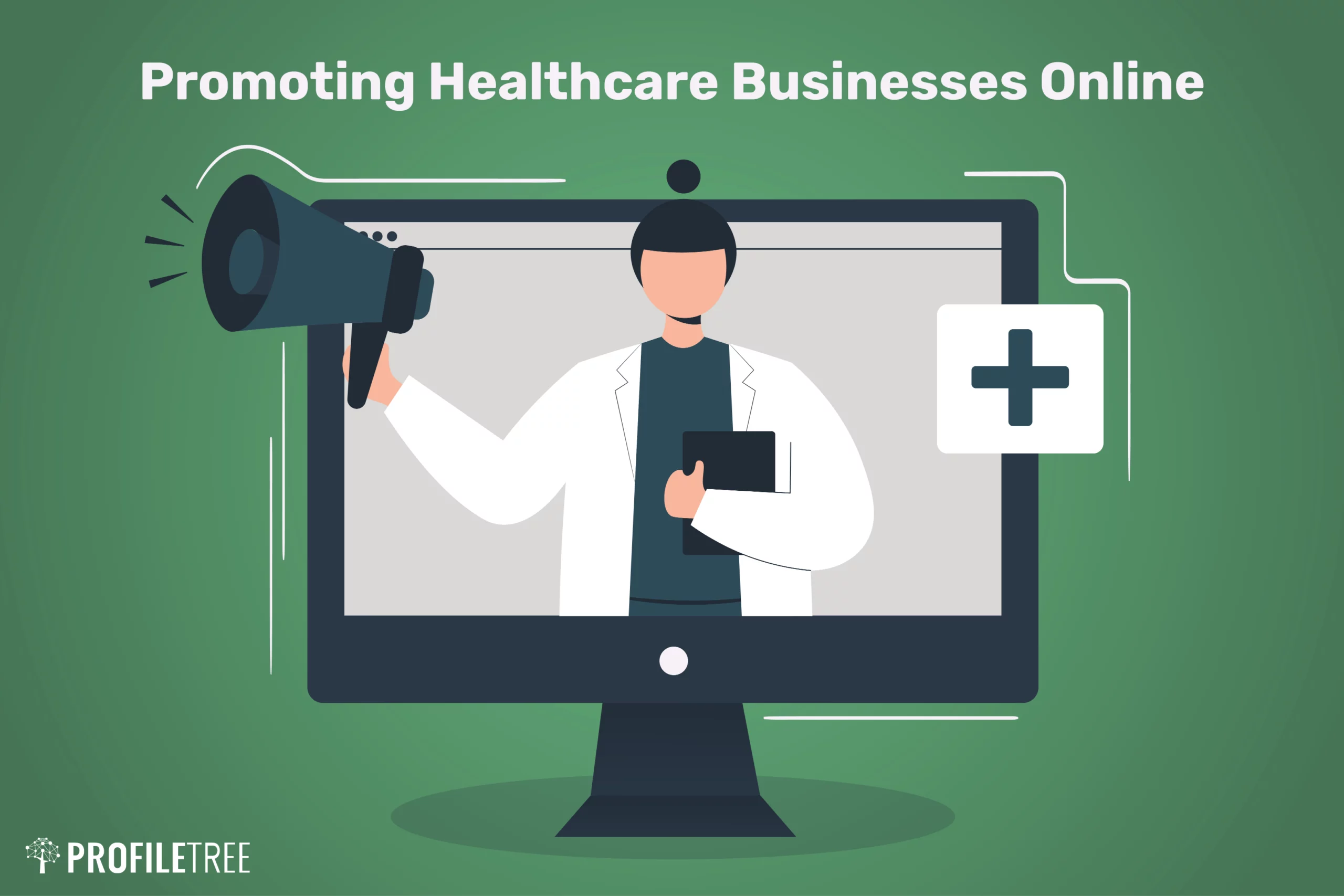Understanding the Cost-Effectiveness of Subscription-Based Medical Care Versions
As the healthcare landscape progresses, subscription-based designs emerge as a compelling alternative, guaranteeing to redefine exactly how individuals handle medical expenses. Examining these versions' cost-effectiveness demands a nuanced contrast with standard insurance policy, taking into consideration both economic ramifications and individual fulfillment.
Overview of Subscription-Based Models
Subscription-based medical care versions, sometimes described as straight main care or concierge medicine, are significantly obtaining focus as a prospective option to inadequacies within standard health care systems. These models run on the concept of offering clients direct access to medical care carriers via a regular monthly or annual fee, bypassing the demand for typical insurance coverage mechanisms. This setup intends to improve patient-provider communications by minimizing administrative concerns, which usually impede timely and tailored treatment.
At the core of subscription-based models is the focus on a more tailored patient experience. Individuals profit from boosted accessibility to their physicians, commonly consisting of same-day or next-day appointments, expanded appointment times, and direct interaction channels such as phone or video telephone calls. This design cultivates an aggressive method to medical care, where clients and providers can collaboratively focus on preventative treatment and chronic condition administration.

Cost Comparison With Standard Insurance Policy

One of the primary monetary advantages of membership designs is openness in expenses. Individuals pay a foreseeable cost, which can streamline budgeting and financial planning. Furthermore, these designs normally remove co-pays and deductibles for protected solutions, minimizing out-of-pocket investing. On the other hand, standard insurance coverage might be a lot more helpful for individuals requiring specialized care or expensive therapies not covered under a registration model, as they take advantage of the broader insurance coverage network and cost-sharing devices.
However, cost-effectiveness is context-dependent. While registration designs could provide savings for those primarily needing primary care, people with chronic problems or specialized healthcare demands might discover traditional insurance policy more thorough. For that reason, reviewing particular medical care requirements and prospective use is essential in identifying one of the most cost-effective choice for people.
Influence On Patient Contentment
Patient complete satisfaction within subscription-based medical care versions often shows a significant enhancement over typical insurance policy systems. This enhancement is mainly associated to the customized treatment and access these versions supply. Patients often report higher fulfillment because of minimized delay times and the convenience of organizing consultations. Unlike standard systems, where people could experience hold-ups in obtaining treatment, subscription-based versions make certain even more straight and timely interactions with doctor.
Additionally, the transparency in prices related to subscription-based health care reduces the usual stress associated to unexpected charges and intricate payment processes seen in typical insurance coverage (subscription based healthcare). Clients value understanding the exact monetary commitment upfront, bring about boosted trust and self-confidence in their healthcare monitoring
Furthermore, the focus advice on preventative care and health in subscription versions adds to boosted wellness results, better boosting individual satisfaction. By concentrating on recurring health care instead than episodic care, clients experience an even more constant and all natural healthcare trip.
Moreover, the boosted provider-patient connection fostered in these models, characterized by more time spent per patient and customized attention, plays a vital role in elevating try this site individual satisfaction degrees, as patients feel really looked after and recognized.
Service Provider Point Of Views and Experiences
From the copyright's viewpoint, subscription-based health care versions supply a transformative approach to delivering medical services. These designs highlight a preventative and aggressive medical care strategy, allowing companies to concentrate on detailed person care without the restraints of conventional fee-for-service plans (subscription based healthcare). This shift in focus typically leads to enhanced client results and enhanced company fulfillment, as medical care specialists can designate more time and resources to patient engagement and individualized treatment plans
Furthermore, subscription models facilitate foreseeable earnings streams, which improve monetary stability for doctor. This predictability permits enhanced resource preparation and allowance, adding to a more reliable medical care shipment system. Service providers can buy personnel training, innovation, and infrastructure renovations, thus boosting the high quality of treatment used.
Nonetheless, look at this web-site the transition to subscription-based versions is not without difficulties. Despite these hurdles, many carriers discover that the advantages of raised client communication and streamlined operations outweigh the preliminary difficulties, making subscription-based designs an eye-catching alternative.
Future Prospects and Obstacles

A key difficulty is regulatory conformity, as membership designs must stick to progressing health care policies and insurance needs. This requires continuous adjustment and development to ensure placement with legal criteria. Furthermore, integrating these versions into existing medical care facilities can be complex, calling for considerable financial investments in innovation and training.
There is also the prospective risk of producing inequities in health care access, as membership models may favor those who can afford them, leaving at risk populations underserved. Resolving this requires thoughtful factor to consider of pricing methods and subsidy systems to make certain inclusivity.
Final Thought
Subscription-based medical care models present a sensible option to typical insurance by using economic predictability and transparency, specifically benefiting individuals with persistent problems or constant healthcare requirements. The cost-effectiveness of these versions is contingent upon private medical care use patterns and situations. While they might boost patient complete satisfaction and simplify budgeting, challenges remain in attending to specialized treatment demands. Future factors to consider include balancing detailed insurance coverage with price and integrating these models within the broader health care system for ideal results.
Subscription-based healthcare models, sometimes referred to as straight key treatment or attendant medicine, are progressively acquiring focus as a potential option to inadequacies within typical medical care systems. Unlike standard systems, where clients might experience delays in obtaining treatment, subscription-based designs ensure even more straight and prompt interactions with medical care providers.
These versions highlight a positive and preventative medical care method, enabling service providers to concentrate on detailed individual care without the restraints of standard fee-for-service plans. As these models proceed to acquire grip, they provide the potential to reinvent client accessibility to care, enhance service shipment, and maximize health care investing.Subscription-based health care models provide a viable choice to traditional insurance policy by providing economic predictability and transparency, especially benefiting individuals with persistent problems or regular medical care needs.